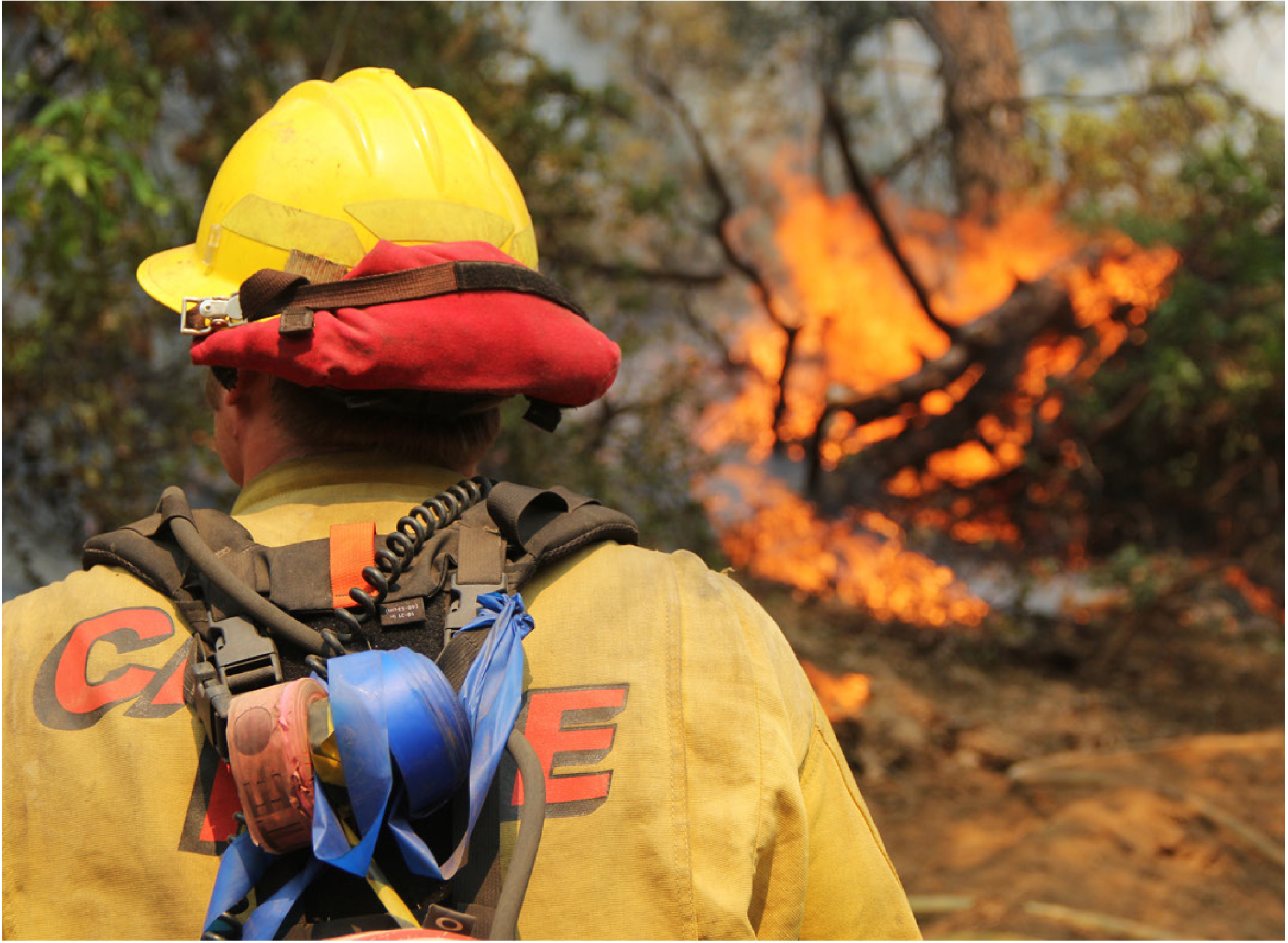
FireWatch Part 4: A Guide to Online Wildfire Information Gathering of CalFire Incidents
Learn how to monitor CALFIRE suppression operations to document its costly and destructive firefighting actions on private and state lands.

Don’t stop or shop, until you drop
“Permission has been given to use one blade wide dozer lines in the wilderness.”

Locked down and unequal: The looming shortage of firefighting crews in California
Over 1,400 inmates and employees at San Quentin Prison have tested positive for COVID-19. Six on death row have died of the disease. A growing public health crisis in the Bay Area, itself, transfers from San Quentin are responsible for COVID-19 being introduced into the Susanville prison population and the Conservation Camp of firefighters there. In Northern California last week, during the run-up to the 4th of July holiday, only 30 of 77 inmate crews were available in Northern California. That’s 800 fewer wildland firefighters available to dig lines, put in hoselays, and save homes and communities.

Other Than Full Suppression
This essay was written in response to a recent post at Wildfire Today: Wildfire News and Opinion, titled, “Are we experiencing a “new normal” of wildland fire behavior?”

History never repeats itself but it rhymes: Rim Fire redux
The year was 1961. President Robert F. Kennedy was President of the United States. The Central Valley Project had been built and the growing San Joaquin Valley agribusiness gave way to traditional ranchland in the oak savanna of the Sierra foothills southwest of Yosemite National Park. The Harlow Fire started on July 10th. The following day it exploded, burning over 20,000 acres in two hours, vaporizing the communities of Ahwahnee and Nipinnawasee, and killing an elderly couple. Supposedly, that run on the Harlow Fire was one of the fastest ever recorded. The communities would never recover.
